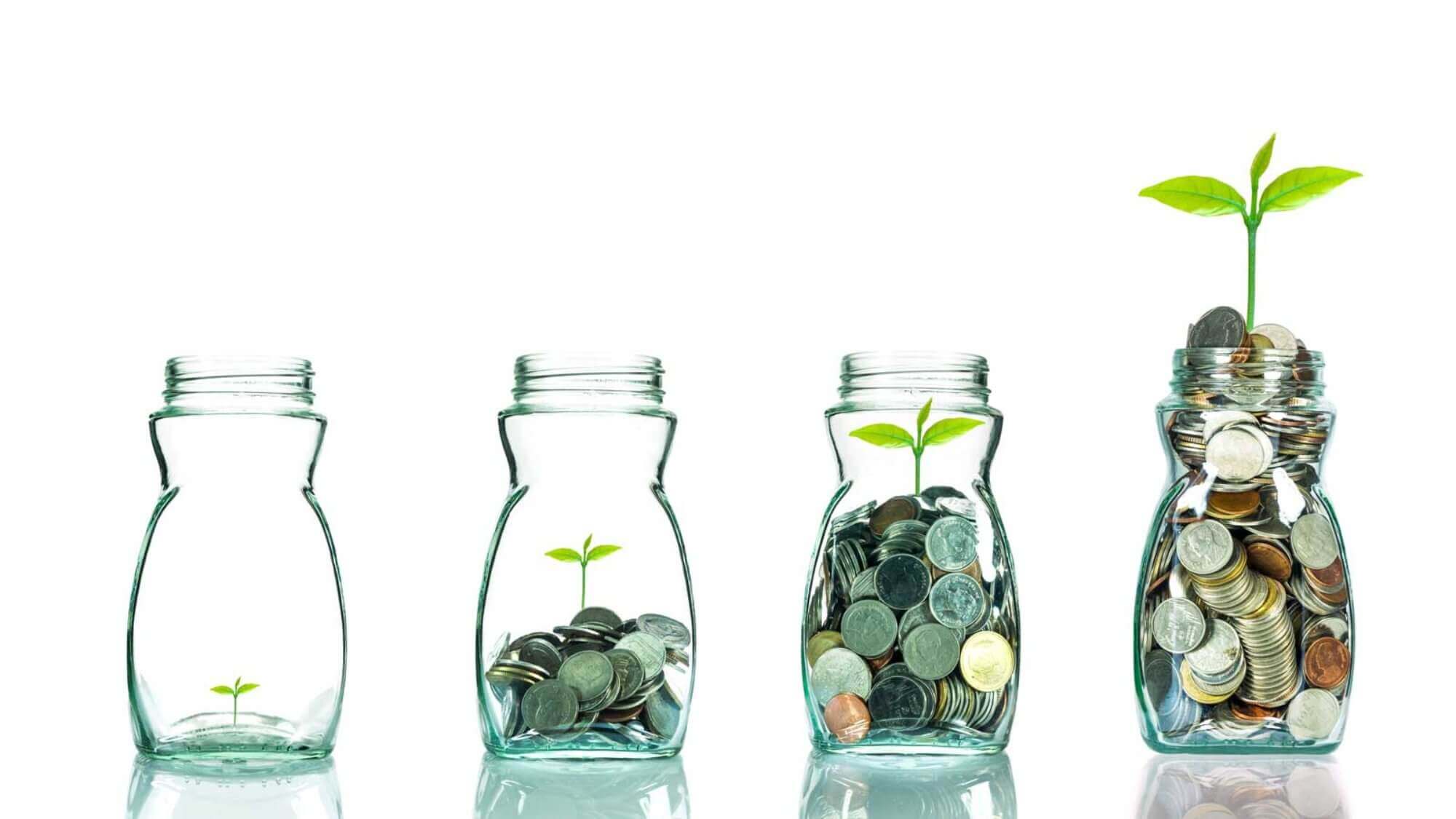Be it a small, mid or large-sized hotel business; upselling is an efficient option for every property type.
NB: This is an article from Roomdex, one of our Expert Partners
When done properly, it results in more incremental revenue and better guest experience. However, the method you use to price your room upgrades determine your upselling success or failure.
Subscribe to our weekly newsletter and stay up to date
Enjoy higher room upgrade revenue conversion via smart yielding
Most guests are price sensitive and book the cheapest room type possible. Yet, on average, the probability to upsell successfully to existing customers is 60-70%. Why? Upselling leverages the commercial relationship established through the trust and promise of the original transaction. That may sound complicated, but it really just means that selling to someone who has already vetted you will always be easier. But that doesn’t mean its automatic. To be successful, you still need to master timing, tone, cadence and, most of all, pricing. And that’s where many hotels fail.
Traditionally hotels have set static rates for room upgrades. There are many reasons for this but the biggest one is that it is easiest for the hotelier to manage. But the problem with static rates is that they are not responsive to demand, occupancy, or forecasted inventory usage. So, one of two things happen. Either the price is too high, and you miss the sale, or the price is too low, and you leave money on the table.
Some hoteliers have attempted to change upgrade prices daily based on any available historical, transactional, and guest preference data they can find. But it’s a slow and cumbersome task.
The solution to increasing conversation and maximizing profits is pricing yielding automation. Yield management or yielding is already widely used in hotels. It considers, each room category and their booking levels for each stay date, the lead day, the length of stay, and the need to balance the house. When applied to upgrades, using the yield engine provides your hotel with a significant opportunity to maximize income during periods of peak demand and stimulate revenue during periods of weak demand.
ROOMDEX Upgrade Optimizer constantly monitors rate changes in the PMS. So, just like the revenue management tools used for reservation acquisition, our platform leverages the price yielding already put into room rates, so that upsell pricing flexes with demand and inventory availability.
But most importantly, ROOMDEX provides an additional measure of control over further yielding, allowing hoteliers to set an additional yield rate range. The offer price presented will vary within that yield rate range based on the proprietary algorithm’s considerations of, among other things:
- The rate the guest initially paid and price sensitivity, and current rate
- The occupancy constrains (the higher occupancy, the higher the offer)
- Guest/persona price sensitivity
When setting the yield range, hoteliers have flexibility, but there are some best practices. If the yield range is set too narrow (low), the systems doesn’t have the room to be flexible to accommodate the variations in the above points. That hurts conversion.
So why would hoteliers set a narrow range? With no previous experience in yielded upgrade pricing, hoteliers tend to worry about discounting too much. They focus on the perceived value of their premium rooms and want to keep any discounting to a minimum.
Being conservative with yield range misses the big picture. It’s all about maximizing the dollars per foot of hotel real estate you manage each night. So, for example, selling 3-5 yielded offers of $50 is better than 1 static $100 offer. Technically ANY upsell revenue is almost 100% margin so in reality ANY upsell dollar is a win!
We know that guests are less likely to convert if the price is too high, or outside their preconceived price range. So, while you can set a low range, ultimately you limit the yield engine’s ability to do its job effectively, and the price offered becomes nearly static and probably too high for most guests to act on. You will gain very little.
Therefore, if you set a higher yield range (e.g., 80% or 90%) when your hotel is full, upgrade price offers are very close to your highest differential matching demand. Likewise, during times of low occupancy or other circumstances that allow for lower rates, the engine is able (unrestricted) to calculate an appropriate price in line with demand and price sensitivity of the guest to convert more offers on a lower price.
Room upgrade pricing need to be flexible, dynamic and adaptable
There is no doubt that room upgrades are an easy way to drive incremental revenue and better guest experience. They help hotels to sell higher room categories which would otherwise be empty while simultaneously freeing up and making lower priced rooms available once again for purchase. However, in order to be successful, particularly in the current environment, upgrade pricing needs to be flexible, dynamic and adaptable. How do you achieve this? ROOMDEX Automation!





